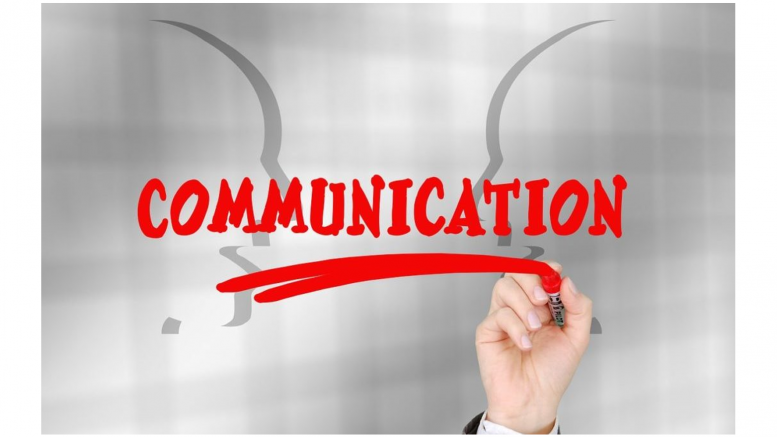Many would agree today’s world is ‘business unusual.’ Communications must be savvy and agile. Humor can be a secret weapon.
As a healthcare comms specialist, I am trained to seek scientific proof points and there is no lack of support in the literature about the neuroscience of humor as well as its psychological and physical benefits. Steve Cody, CEO of Peppercomm, and author of the ROI of LOL, explains, “Humor stimulates the same serotonin in the brain as eating chocolate and falling in love. In business, humor helps people drop their defenses, be more open to new ideas and ultimately, give them the tools to be more resilient – better primed to handle change.”
There is vulnerability in humor. It exposes people and creates shared experiences, which is increasingly important as teams span four or even five generations–a potentially valuable competitive advantage. Humor can be the glue.
Here are three ways you can integrate humor into communication solutions:
Create more collaboration: Steve’s workshops typically combine exercises that have participants tell a story in a ‘stand-up’ comedy format. In a session for a large bank client, Steve arranged participants, including executives at all levels and from different teams into small groups. Volunteers from each group present ‘cringeworthy’ moments (e.g., an awkward moment from their youth) or share something about people, places or things that annoy them (e.g., their office commute). Steve generally asks the most senior executive to go first to break the ice. In the telling, participants show their empathy and humility with a self-deprecating humor they don’t typically reveal in their day-to-day interactions. The result? Colleagues get to know each other better, find common ground easily, and are more likely to collaborate. Ancillary benefits: sharper presentation skills and improved active listening.
Build agility muscle: Improvisational comedy took off during COVID; it was seen as a safe, informal way to exercise creative muscles without censure. Consider integrating an ‘improv’ format in team meetings to help with agility and the ability to ‘think on your feet.’ It trains the brain to find solutions ‘on the fly’ – skills foundational to managing change, adjusting to, and mastering new tools and communicating new circumstances.
Develop storytelling brevity: In a world with shortening attention spans, comms teams are often asked to deliver messages in minutes or seconds. Humor can help here, too. Consider Steve’s 60, 30, 10 exercise. Participants are divided into pairs and tasked to describe a favorite movie or fairytale. Participant A describes it in 60 seconds. Person B must tell the same story in 30 seconds. Finally, person A reduces the story to 10 seconds with a hashtag. Besides being fun, this exercise forces participants to condense messaging to “bite-sized” chunks. Adding the hashtag underscores the role social media plays in amplification, engagement, and shares.
In our work, we use the structure of humor in thought leadership, storytelling and earned media outreach. For a med tech company, we created Leakers Anonymous, which changed the narrative about a delicate women’s health issue, destigmatised it, generated headlines like, “This Leakers Anonymous video is so hilarious and so true,” and boosted sales. In thought leadership, we often build articles with a 1-2-3 structure similar to setting up a great punch line: 1: The set up + 2: the messages/proof points + 3: the unexpected, the ah-ha, that helps stakeholders solve a challenge or do their jobs better.
To be sure, humor is not for every organisation, and certainly not every situation.
Lastly, as Steve is a master of the ‘ice-breaker,’ I introduced him to my favorite way to bring people together and set up a free-flowing and productive meeting: ‘Desert Island Discs’ – the well-known British radio show in which guests are asked to reveal the songs they’d take to a desert island. Here’s Steve’s list: Start Me Up by the Rolling Stones, Don’t Stop Believing by Journey, Beethoven’s Symphony No. 5, Take 5 from Dave Brubeck, and Paul McCartney’s Maybe I’m Amazed.
What’s yours?
The views and opinions published here belong to the author and do not necessarily reflect the views and opinions of the publisher.



Be the first to comment on "Harnessing Humor as a Powerful Communications Tool"